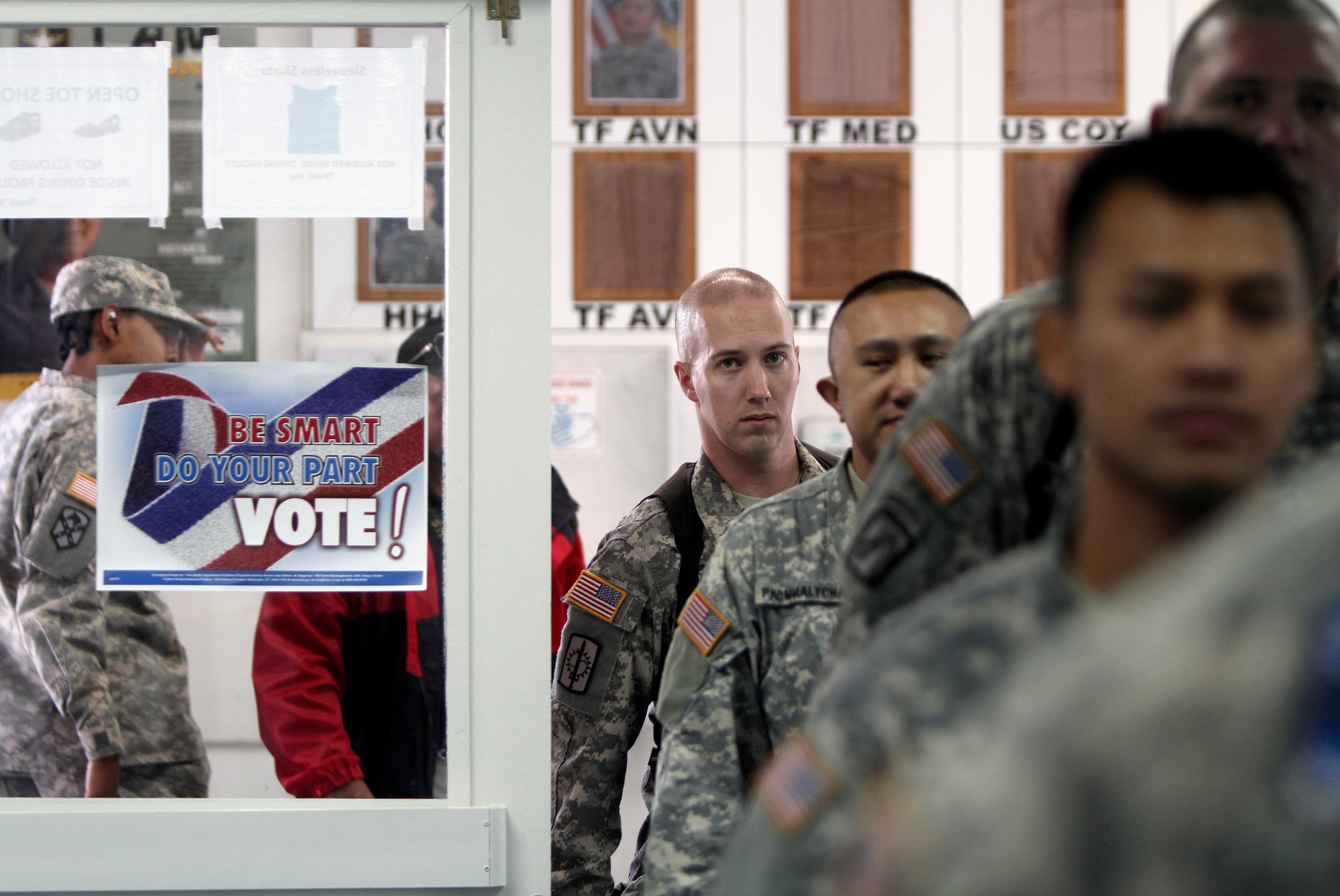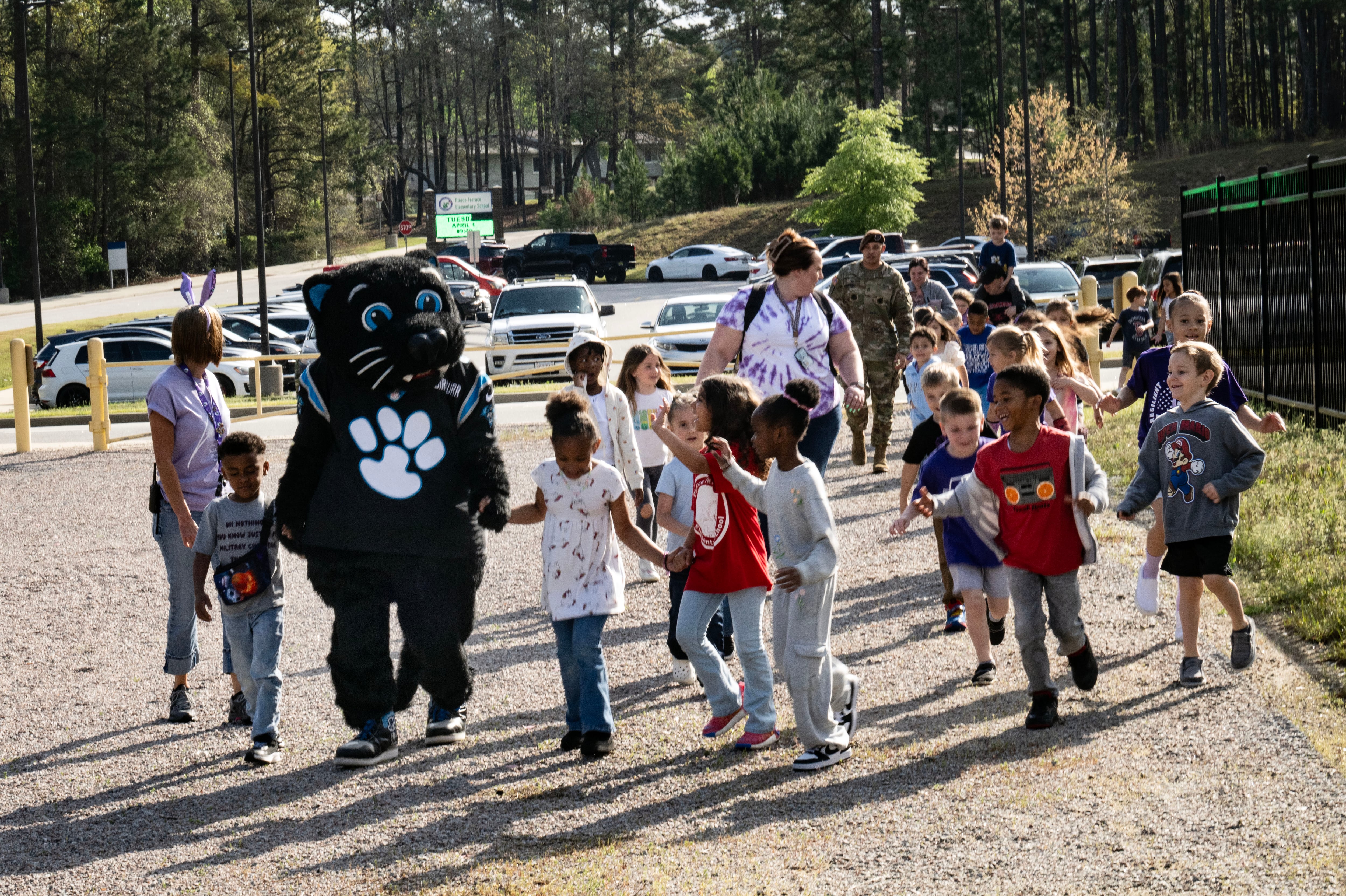As Veterans' Day 2015 approaches, our active-duty, reserve-component, and former service members are closely watching the ongoing Capitol Hill budget debates. For the fourth successive year, the U.S. government is operating under another continuing resolution.
This CR for fiscal year 2016 pushes the next funding crisis to early December and could trigger government shutdown.
We remember vividly the October 2013 shutdown resulting from sequestration measures required by the Budget Control Act of 2011. Once again, not only are health care and entitlement programs in jeopardy, but so is the readiness of our force charged with securing U.S. national interests.
Uniformed and civilian employees of the Defense Department fear that manpower cuts in the defense budget will leave them in the ranks of the unemployed. One can understand their apprehensions about joining the ranks of our older veterans.
While our society continues to hold the military in high regard, veterans remain at greater risk than their non-serving counterparts for unemployment, homelessness and suicide. Those leaving military service return to a society that is continuing to recover from the economic recession of 2008-2009. As the national unemployment rate for 2014 averaged 6.0 percent, post-9/11 veterans were holding at 7.2 percent.
Many of them are from the junior ranks. They bring fewer skills and less non-military experience to the competition for civilian jobs. Their disadvantages will be more evident during the coming force reductions. And the unemployment rate for all veterans is higher than the national average. Even more distressing, the jobless rates for women and African-American post-9/11 veterans are 8.5 percent and 9.5 percent respectively.
Nonetheless, homelessness among veterans has declined somewhat toward the national goal to eliminate veterans' homelessness by 2015. In 2011, the Departments of Veterans Affairs and Housing and Urban Development jointly reported to Congress that 19 percent of the nation's homeless adult population were veterans and that more than 75,000 veterans had no shelter on any given night. The 2014 Annual Homelessness Assessment Report informed Congress that this number had dropped to nearly 50,000 and that 11.3 percent of the homeless population were then veterans. Again, female and minority service members were more likely than other veterans to be homeless. So our veterans remain overexposed to the plight of having no shelter.
The suicide statistics are most disturbing. In 2010, VA estimated that 20 percent of suicide victims in this country are former service members. Through 2007, post-9/11 Army veterans' suicide rate was about 50 percent higher than their demographic peers in the general population. Though some may believe war trauma is a major factor, suicides among non-deployed post -9/11 veterans were 16 percent greater than among those who had deployed.
As our veterans are celebrated in parades and television special programs and as they are treated to free meals on Veterans' Day, we must affirm our nation's obligation to care for our veterans. DoD must keep the faith with military members and their families by preparing for their inevitable return to society. The specter of unemployment, homelessness and suicide should not be the legacy of military service.
Our nation must always demonstrate that it values the sacrifices of its veterans. This commitment extends far beyond a single day that originally commemorated the victorious conclusion of a war that was to end all wars. U.S. veterans still face wars on the homefront, and we must help them to find peace.




